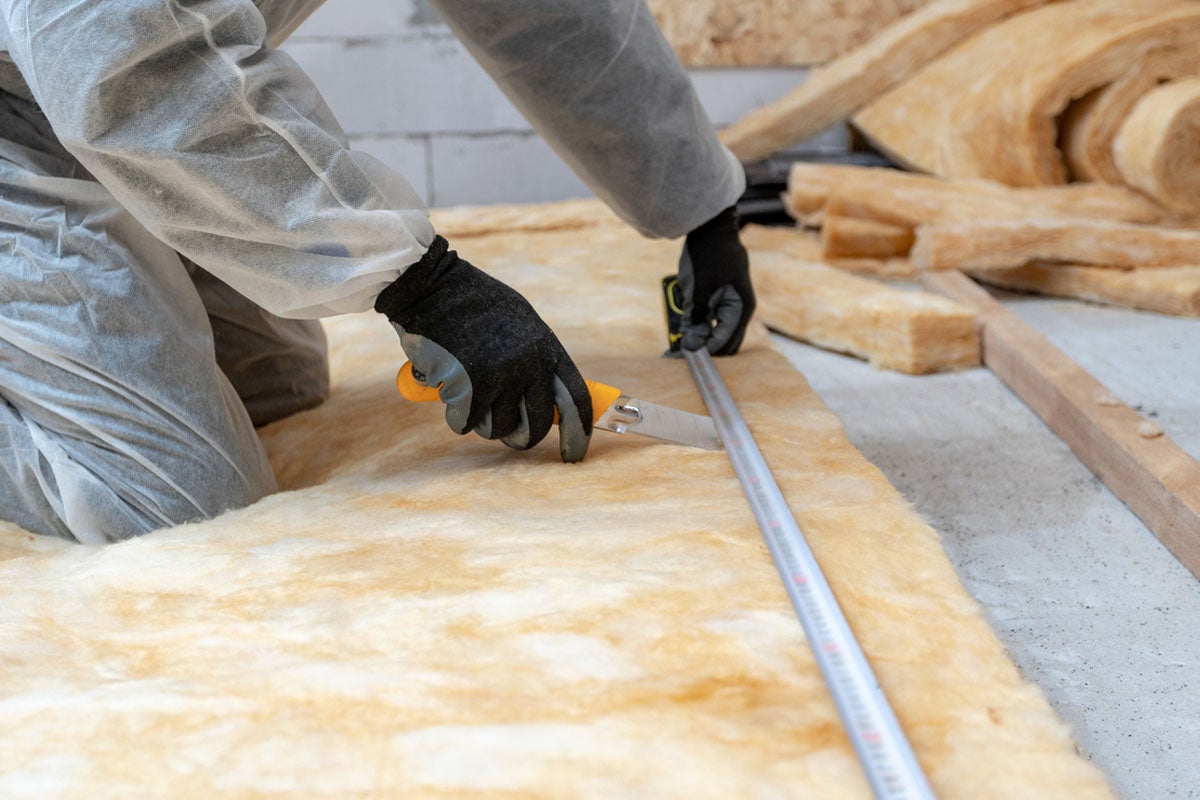

Articles
How Much Batt Insulation Do I Need
Modified: December 7, 2023
Find out how much batt insulation you need with our helpful articles. Learn about the different factors that affect insulation requirements and make an informed decision for your project.
(Many of the links in this article redirect to a specific reviewed product. Your purchase of these products through affiliate links helps to generate commission for Storables.com, at no extra cost. Learn more)
Introduction
Batt insulation is a popular choice for homeowners looking to improve the energy efficiency of their homes. It is a type of insulation that comes in pre-cut panels or rolls, typically made of fiberglass or mineral wool. Batt insulation is designed to fit between the framing of walls, floors, and ceilings, providing a barrier against heat transfer.
Insulating your home is essential to maintain a comfortable indoor temperature and reduce energy consumption. It helps to keep your home warm in winter and cool in summer, allowing you to rely less on heating and cooling systems. Batt insulation is known for its relatively easy installation process, making it a practical choice for many homeowners.
In this article, we will explore the basics of batt insulation, its benefits, and how to determine the right amount needed for your home.
Key Takeaways:
- Batt insulation is a versatile and cost-effective solution for improving energy efficiency, providing benefits such as reduced energy consumption, improved indoor comfort, and noise reduction. Proper installation and accurate calculation of insulation needs are crucial for optimal results.
- Factors such as R-value, climate, building codes, and energy efficiency goals must be considered when determining the amount of batt insulation needed for a home. Consulting with a professional insulation contractor or energy auditor can provide expert guidance for specific requirements.
Read more: How Much Insulation Do I Need For Attic
Understanding Batt Insulation
Batt insulation, also known as blanket insulation, consists of flexible fibrous materials that are fitted between the framing studs, joists, or rafters in walls, floors, and attics. The most common materials used for batt insulation are fiberglass, mineral wool, and cotton. These materials are effective at reducing heat transfer by providing a barrier that slows down the flow of heat.
Fiberglass batt insulation is made of tiny glass fibers that are layered and compressed to form panels. It is known for its affordability and excellent thermal performance. Mineral wool batt insulation, on the other hand, is made from natural or synthetic minerals. It has high fire resistance and soundproofing qualities, making it a popular choice for insulating interior walls and floors.
Batt insulation comes in various thicknesses and widths to fit standard stud and joist spacing. The thickness of the insulation determines its R-value, which is a measure of its thermal resistance. The higher the R-value, the better the insulation’s ability to resist heat flow.
Properly installed batt insulation can help reduce energy consumption by preventing heat loss in the winter and heat gain in the summer. It can also improve indoor comfort by reducing drafts and noise transmission. However, it is important to note that batt insulation may not be suitable for all areas of the home, especially those that have irregularly shaped cavities or obstructions.
Before installing batt insulation, it is important to inspect the area and address any existing issues such as moisture problems or air leakage. This can help ensure that the insulation will perform optimally and prevent any potential damage to the insulation or the building structure.
Overall, batt insulation is a versatile and cost-effective solution for improving the energy efficiency of your home. Understanding the different types of batt insulation and their properties will help you choose the right option for your specific needs.
Factors to Consider
When determining the amount of batt insulation needed for your home, there are several factors to consider. These factors will help you accurately calculate the required insulation and ensure optimal energy efficiency:
- R-value: The R-value is a measure of the insulation’s thermal resistance. It indicates how effective the insulation is at resisting heat flow. Different regions have different recommended R-values based on local climate conditions. It is important to consult local building codes or energy efficiency guidelines to determine the recommended R-value for your area.
- Climate: The climate in which you live plays a significant role in determining the amount of insulation required. Colder climates typically require higher R-values to maintain optimal indoor comfort and reduce heating costs. Conversely, in warmer climates, the emphasis may be on reducing cooling costs, which may require a different insulation approach.
- Building Codes: Building codes often dictate the minimum insulation requirements for new constructions or renovations. These codes ensure that homes meet certain energy efficiency standards. Familiarize yourself with the building codes in your area to ensure compliance and to achieve the desired energy performance.
- Energy Efficiency Goals: Consider your energy efficiency goals when determining the amount of insulation needed. Are you aiming to minimize energy consumption, reduce utility bills, or maximize comfort levels? Clearly defining your goals will help you determine the appropriate insulation levels.
- Building Size and Layout: The size and layout of your home will impact the amount of insulation required. Larger homes or homes with complex layouts may require more insulation to adequately cover all areas. Consider the number of walls, floors, and ceilings that need insulation to accurately calculate the total required.
- Existing Insulation: If your home already has insulation, you’ll need to assess the condition and effectiveness of the existing insulation. Insulation can degrade over time, become compressed, or suffer from moisture damage. In some cases, it may be necessary to remove and replace the existing insulation to achieve optimal energy efficiency.
- Accessibility: Consider the accessibility of the areas where insulation is needed. Some areas may be difficult to reach or have obstructions that make installation challenging. Accessibility can impact the time and effort required to install the insulation and should be taken into account during the calculation process.
By considering these factors, you can determine the appropriate amount of batt insulation needed for your home. It is always a good idea to consult with a professional insulation contractor or energy auditor who can provide expert guidance and assist in calculating the specific requirements for your home.
Calculating the Required Batt Insulation
Calculating the amount of batt insulation needed for your home involves several steps. By following these steps, you can determine the appropriate quantity of insulation to achieve optimal energy efficiency:
- Measure the Area: Begin by measuring the area where insulation is needed. For walls, measure the height and width of each wall. For floors and ceilings, measure the length and width of each area.
- Calculate the Square Footage: Multiply the height by the width for walls, and the length by the width for floors and ceilings. This will give you the square footage for each area.
- Consider the R-Value: Determine the recommended R-value for your area based on local building codes or energy efficiency guidelines. This value indicates the level of insulation required to achieve optimal energy efficiency.
- Calculate the Insulation Thickness: Consult the manufacturer’s specifications for the batt insulation you plan to use. They will provide information on the R-value per inch. Divide the recommended R-value by the R-value per inch to calculate the required insulation thickness.
- Calculate the Required Insulation: Multiply the square footage by the required insulation thickness to determine the total cubic inches of insulation needed. Divide this number by 1,728 (the number of cubic inches in a cubic foot) to convert it to cubic feet.
- Add Extra Insulation: It is recommended to add extra insulation to account for compression or settling over time. Depending on the insulation type and manufacturer’s recommendations, adding 10-20% to the total calculated amount should provide sufficient coverage.
- Convert to Batts: Determine the coverage area for each batt (panel or roll) of insulation. Divide the total cubic feet of insulation by the coverage area of a single batt to calculate the number of batts required.
Keep in mind that these calculations provide a general guideline for determining the required batt insulation. It is always advisable to consult with a professional insulation contractor or energy auditor who can consider the specific characteristics of your home and assist in calculating the exact amount needed.
When determining how much batt insulation you need, measure the length and width of the area to be insulated and multiply the two measurements together to get the square footage. Then, refer to the insulation manufacturer’s recommendations for the appropriate R-value for your region and calculate the amount of insulation needed based on the square footage and desired R-value.
Types of Batt Insulation
When it comes to batt insulation, there are several types to choose from, each with its own unique characteristics and advantages. Understanding the different types will help you make an informed decision based on your specific needs and budget:
- Fiberglass Batt Insulation: Fiberglass batt insulation is one of the most commonly used types. It is made of tiny glass fibers that are spun and formed into lightweight panels or rolls. Fiberglass batts are known for their affordability, fire resistance, and excellent thermal performance. They are available in various R-values and thicknesses to suit different insulation requirements.
- Mineral Wool Batt Insulation: Mineral wool batt insulation is made from natural or synthetic minerals, such as basalt or slag. It offers excellent fire resistance, sound absorption, and thermal properties. Mineral wool batts are denser and heavier than fiberglass batts, providing superior insulation and noise reduction. They are often chosen for interior walls, floors, and ceilings where fire safety and soundproofing are priorities.
- Cotton Batt Insulation: Cotton batt insulation is an eco-friendly option made from recycled cotton and denim. It is free from formaldehyde and other harmful chemicals, making it a safe choice for those with allergies or sensitivities. Cotton batts offer good thermal performance and sound absorption. They are often used in residential applications where sustainability and indoor air quality are important factors.
- Rigid Foam Batt Insulation: Rigid foam batt insulation is composed of panels made from extruded or expanded polystyrene, polyurethane, or polyisocyanurate. These panels provide excellent insulation, high R-values, and moisture resistance. Rigid foam batts are ideal for insulating walls, roofs, and foundation walls, where a higher insulation value is required. They can also be used for insulating interior surfaces.
- Air Barrier Batt Insulation: Air barrier batt insulation combines traditional batt insulation with an integrated air barrier. These batts are designed to help control air leakage through the building envelope, reducing heat loss and improving energy efficiency. Air barrier batts are typically made of fiberglass or mineral wool and have a facing material that acts as the air barrier. They are commonly used in walls, ceilings, and floors.
It is important to choose the right type of batt insulation based on your specific requirements. Consider factors such as insulation performance, fire resistance, soundproofing capabilities, environmental impact, and compatibility with your building structure.
Consulting with a professional insulation contractor or energy expert can also help you determine the most suitable type of batt insulation for your home, ensuring optimal energy efficiency and comfort.
Read more: How Much Blown-In Insulation Do I Need
Installation Considerations
Proper installation of batt insulation is crucial to ensure its effectiveness and maximize energy efficiency. Here are some important considerations to keep in mind when installing batt insulation:
- Wear Protective Gear: Before installing batt insulation, it is important to protect yourself by wearing appropriate safety gear. This includes gloves, long sleeves, pants, safety glasses, and a dust mask to avoid direct contact with the insulation and minimize exposure to airborne particles.
- Seal Air Leaks: Before installing the insulation, it is essential to identify and seal any air leaks or gaps in the building envelope. This prevents air infiltration and ensures that the insulation functions optimally. Common areas to check for air leaks include around windows, doors, electrical outlets, and pipes.
- Properly Place Vapor Barriers: Vapor barriers are used in certain climates to prevent moisture from penetrating the insulation. It is important to install vapor barriers correctly according to local building codes and climate conditions. Improper placement of vapor barriers can trap moisture and lead to mold or mildew growth.
- Maintain Clearance around Fixtures: When installing batt insulation, ensure that you maintain proper clearances around fixtures such as recessed lighting, vents, and electrical equipment. This helps to prevent overheating and fire hazards, as insulation in direct contact with heat-generating fixtures can pose safety risks.
- Avoid Compression: Batt insulation should be installed without compression to maintain its optimal performance. Avoid compressing the insulation, as it reduces its ability to trap air and provide sufficient thermal resistance. Ensure that the batts fit snugly but not tightly between studs, joists, or rafters.
- Properly Secure Batts: Batts should be securely fastened in place to prevent them from sagging or shifting over time. Use insulation supports, such as wires or fasteners, to secure the batts in vertical locations, such as walls, and to prevent them from falling or bulging. This helps to maintain a consistent thermal barrier.
- Consider Professional Installation: While batt insulation can be installed by homeowners, it is often beneficial to hire a professional insulation contractor. They have the expertise and specialized tools necessary to ensure proper installation and can offer advice on selecting the right insulation type and achieving optimal energy efficiency.
Remember, proper installation of batt insulation is essential to achieve the desired energy-saving benefits. Taking the time to address these considerations will help you create a well-insulated and energy-efficient home.
Conclusion
Batt insulation is a versatile and cost-effective solution for improving the energy efficiency of your home. Understanding the different types of batt insulation available, along with factors to consider and proper installation techniques, is crucial for achieving optimal results. By investing in proper insulation, you can enjoy numerous benefits, including:
- Increased energy efficiency: Batt insulation helps to reduce heat transfer, keeping your home cooler in the summer and warmer in the winter. This allows you to rely less on heating and cooling systems, resulting in lower energy bills.
- Improved indoor comfort: Properly installed batt insulation reduces drafts, minimizes temperature fluctuations, and helps maintain a consistent indoor temperature.
- Noise reduction: Batt insulation acts as a sound barrier, minimizing noise transmission between rooms and from external sources, leading to a quieter and more peaceful living environment.
- Fire resistance: Many types of batt insulation, such as mineral wool, offer excellent fire resistance properties, providing an added layer of safety for your home.
- Environmental benefits: Installing insulation helps reduce your carbon footprint by reducing energy consumption, decreasing greenhouse gas emissions, and promoting sustainable living.
However, it is essential to calculate the required amount of insulation accurately, taking into consideration factors such as R-value, climate, building codes, and energy efficiency goals. Additionally, proper installation techniques, including addressing air leaks and maintaining clearances, should be followed to ensure the insulation performs optimally.
If you are unsure about the calculations or installation process, it is recommended to consult with a professional insulation contractor or energy auditor. They can provide expert guidance, assess your specific needs, and help you select the right type and amount of batt insulation for your home.
In conclusion, investing in batt insulation is a wise decision for homeowners looking to enhance the energy efficiency and comfort of their homes. By carefully considering all the factors, calculating the required amount accurately, and following proper installation practices, you can enjoy the benefits of a well-insulated home for years to come.
Frequently Asked Questions about How Much Batt Insulation Do I Need
Was this page helpful?
At Storables.com, we guarantee accurate and reliable information. Our content, validated by Expert Board Contributors, is crafted following stringent Editorial Policies. We're committed to providing you with well-researched, expert-backed insights for all your informational needs.
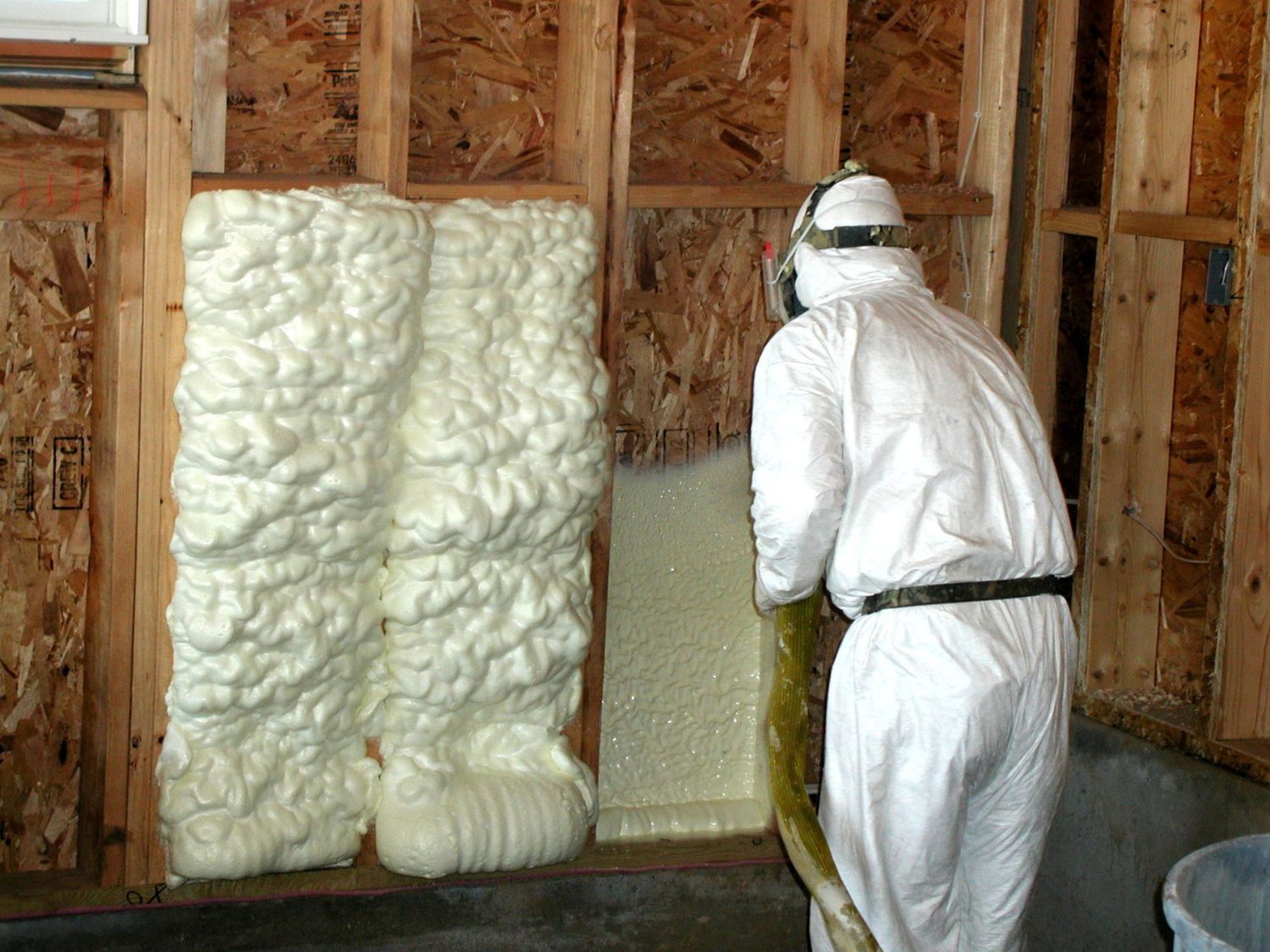
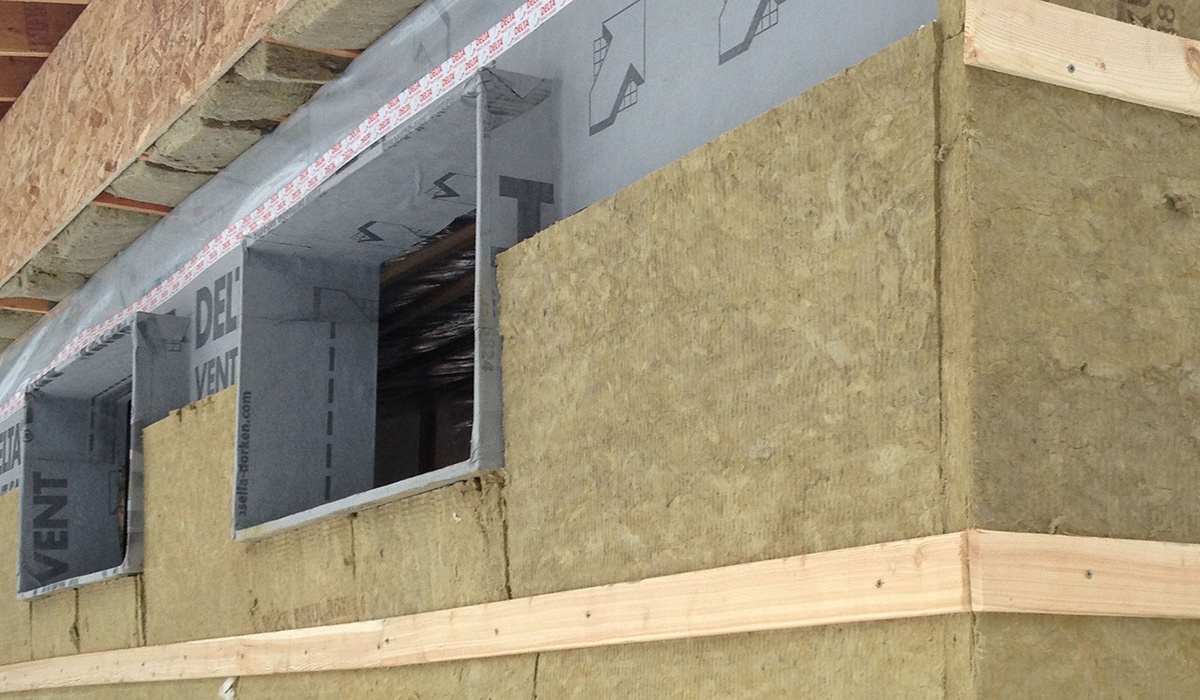
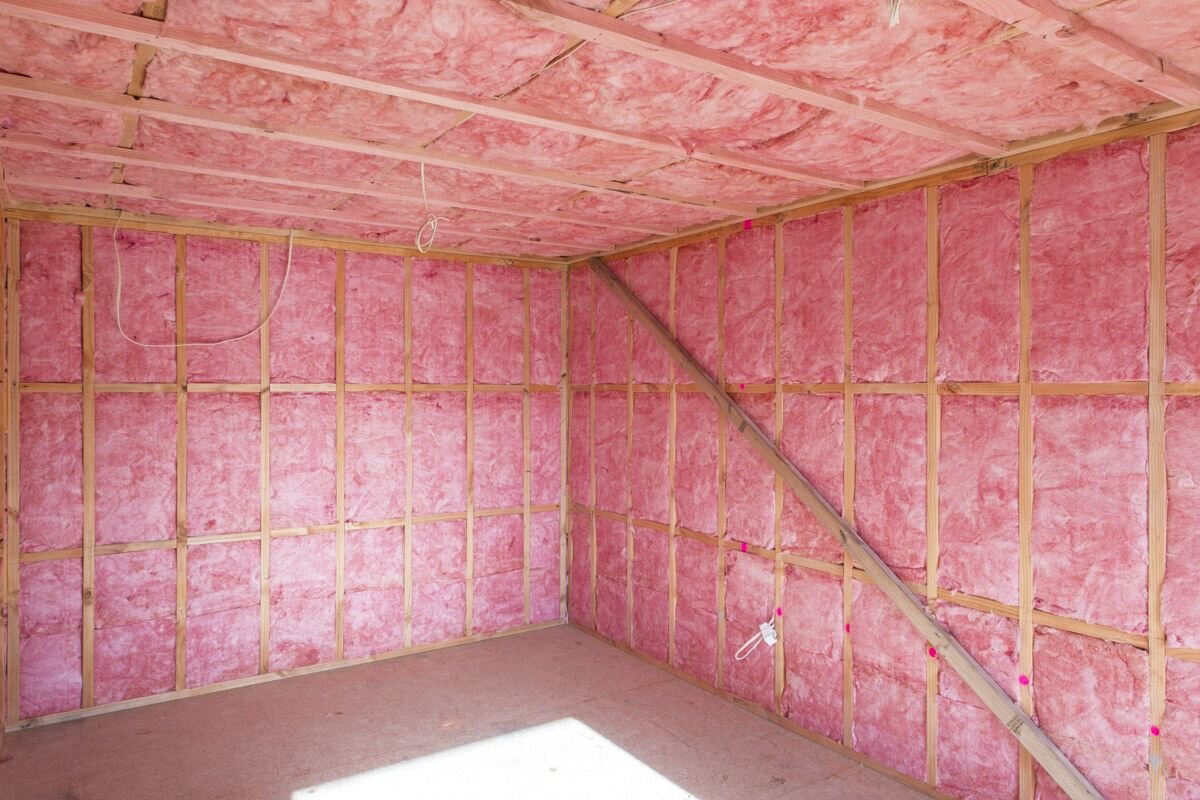
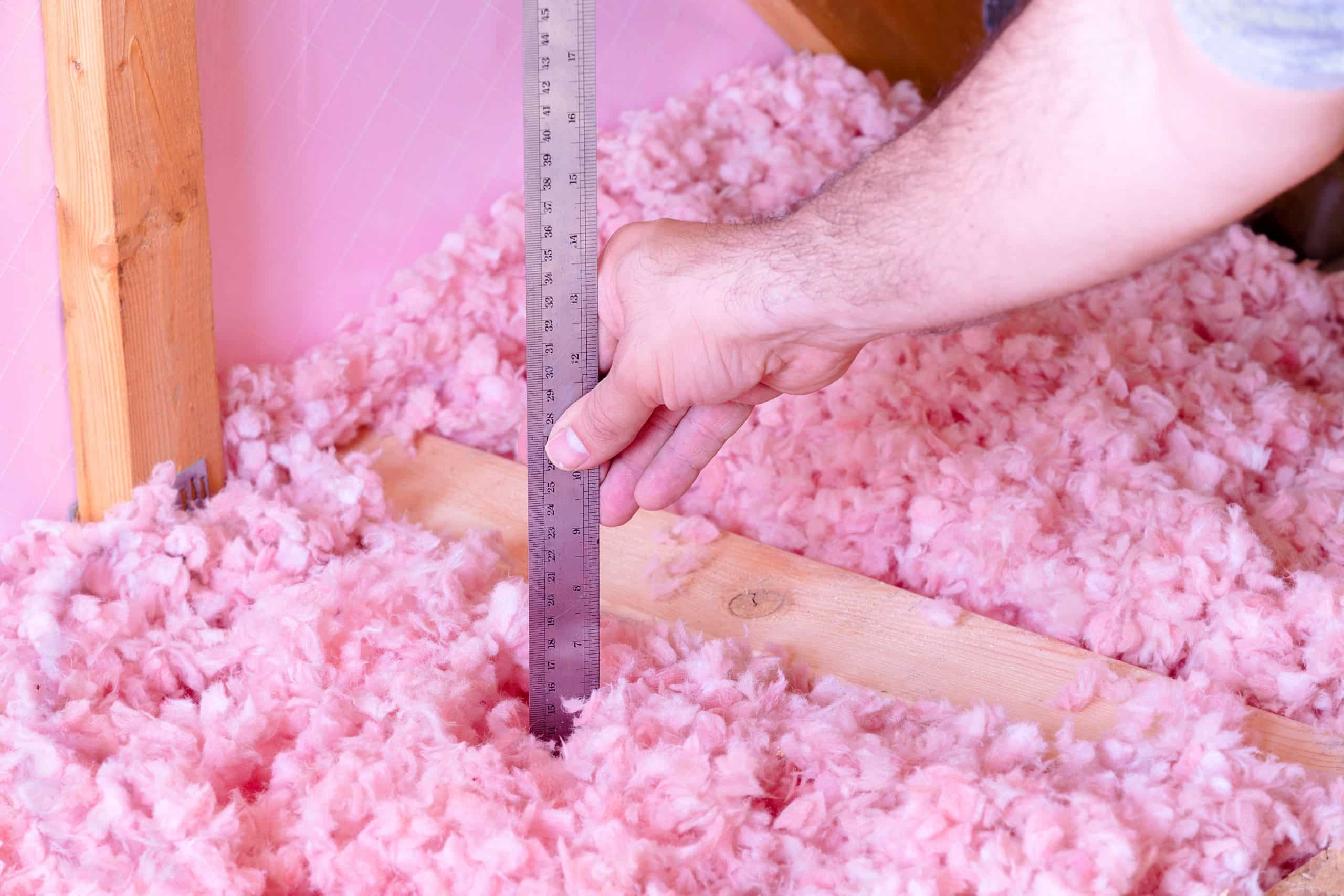
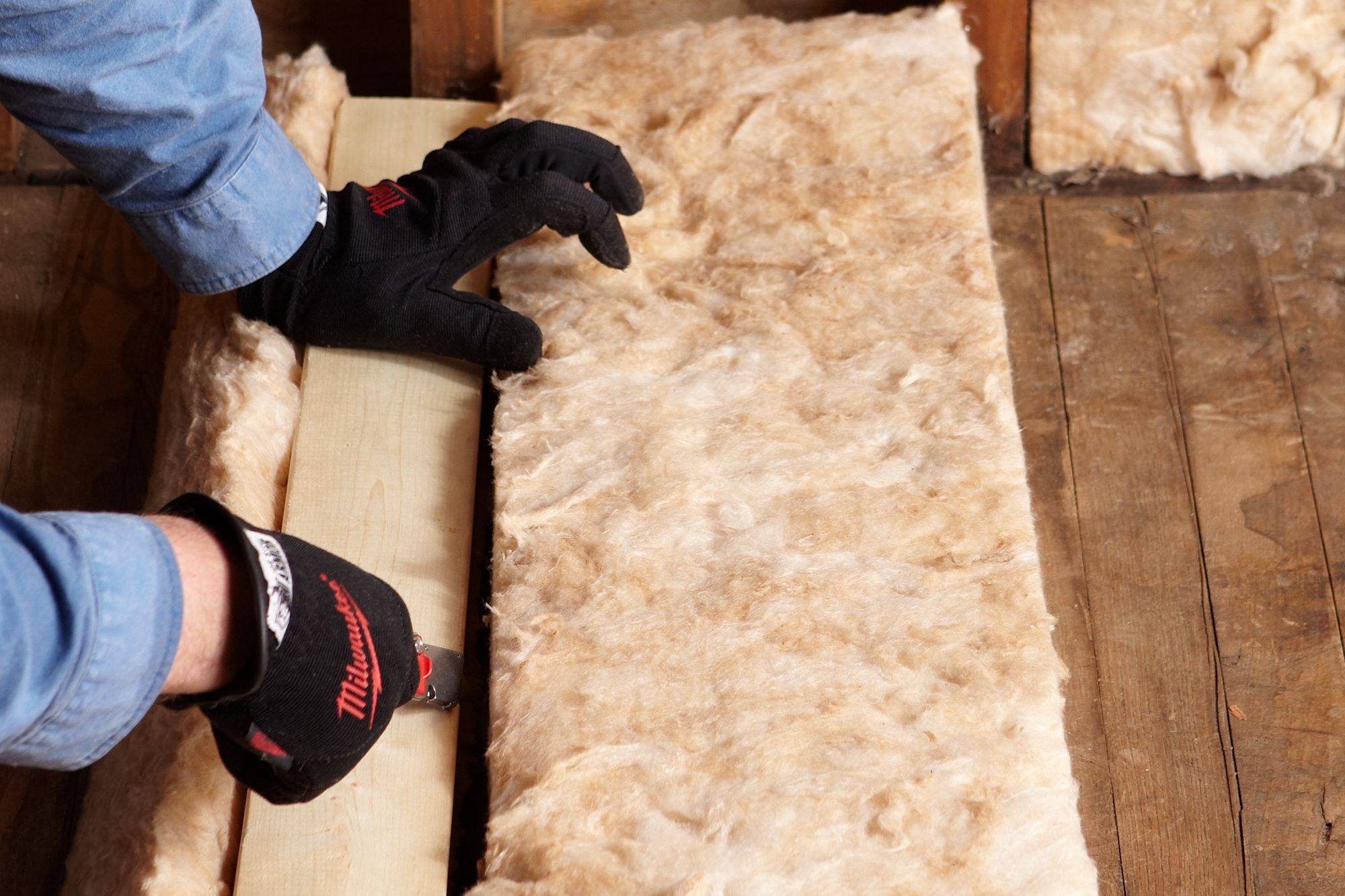
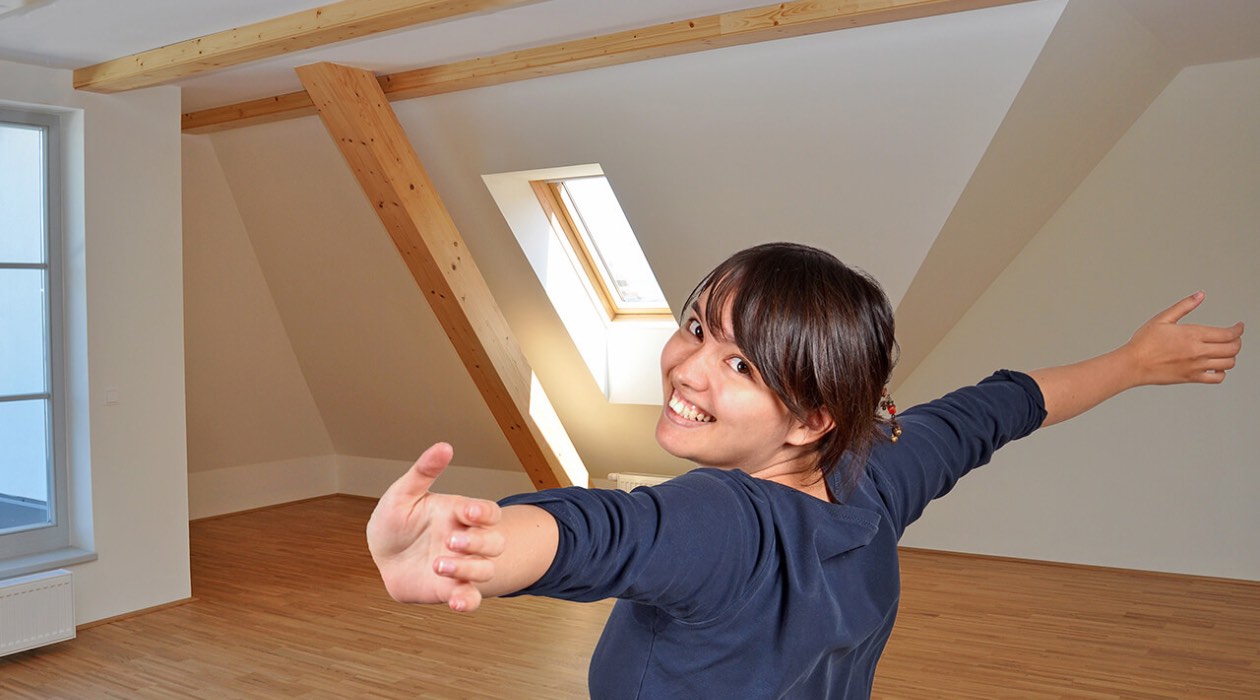
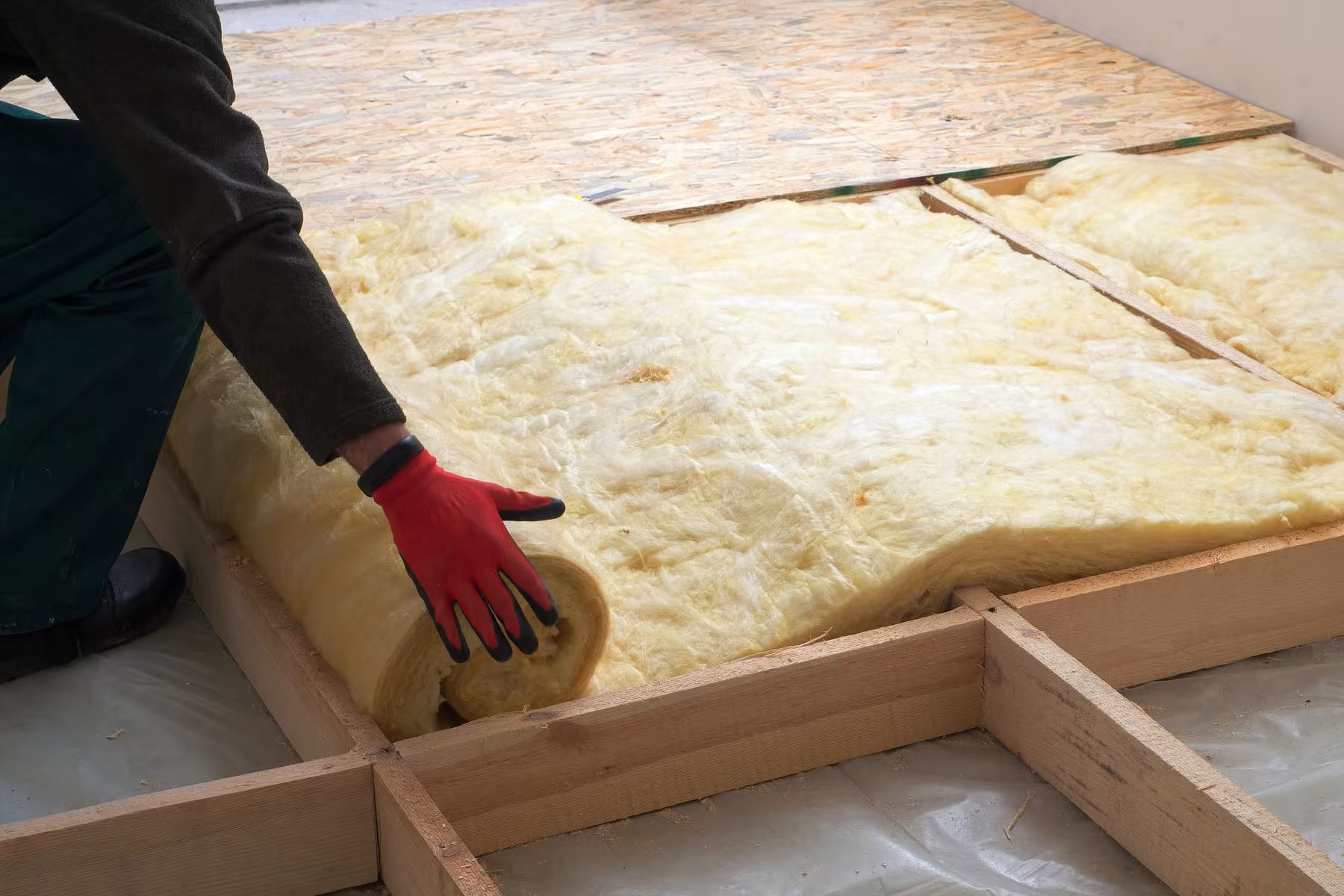
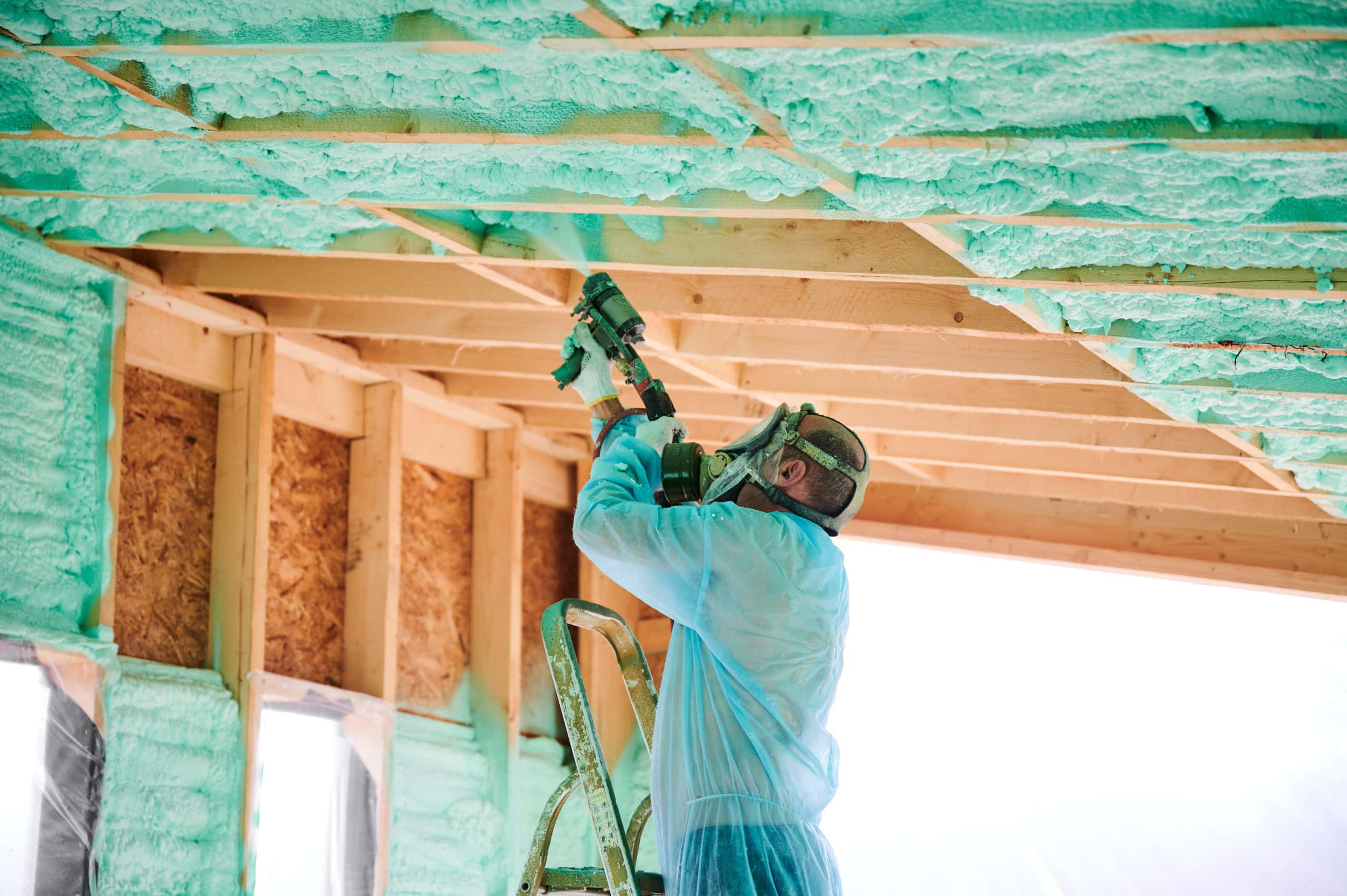
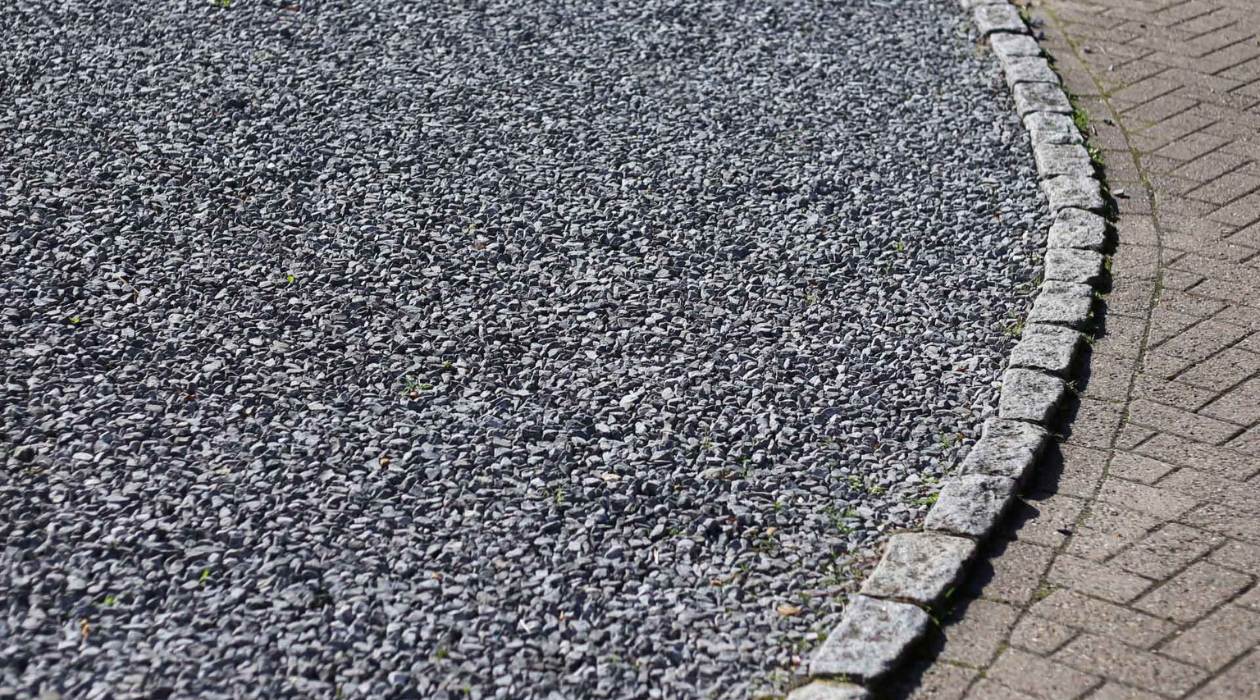


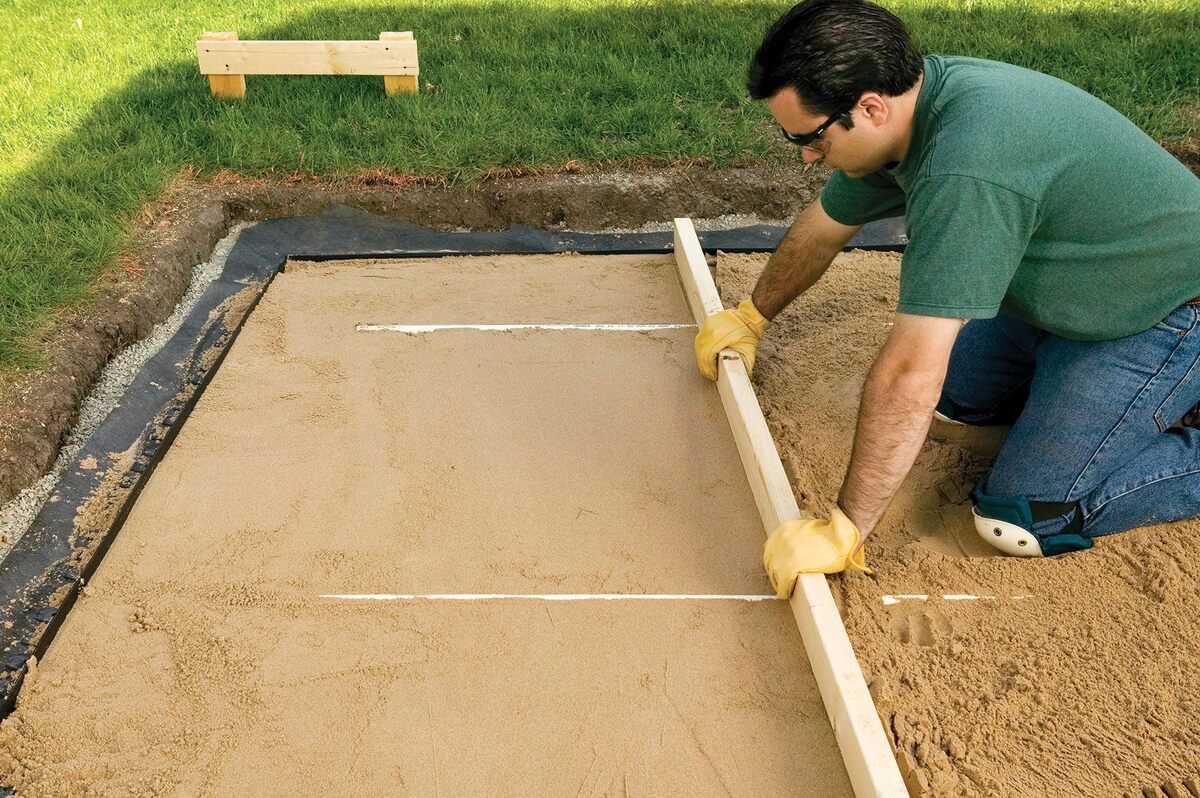

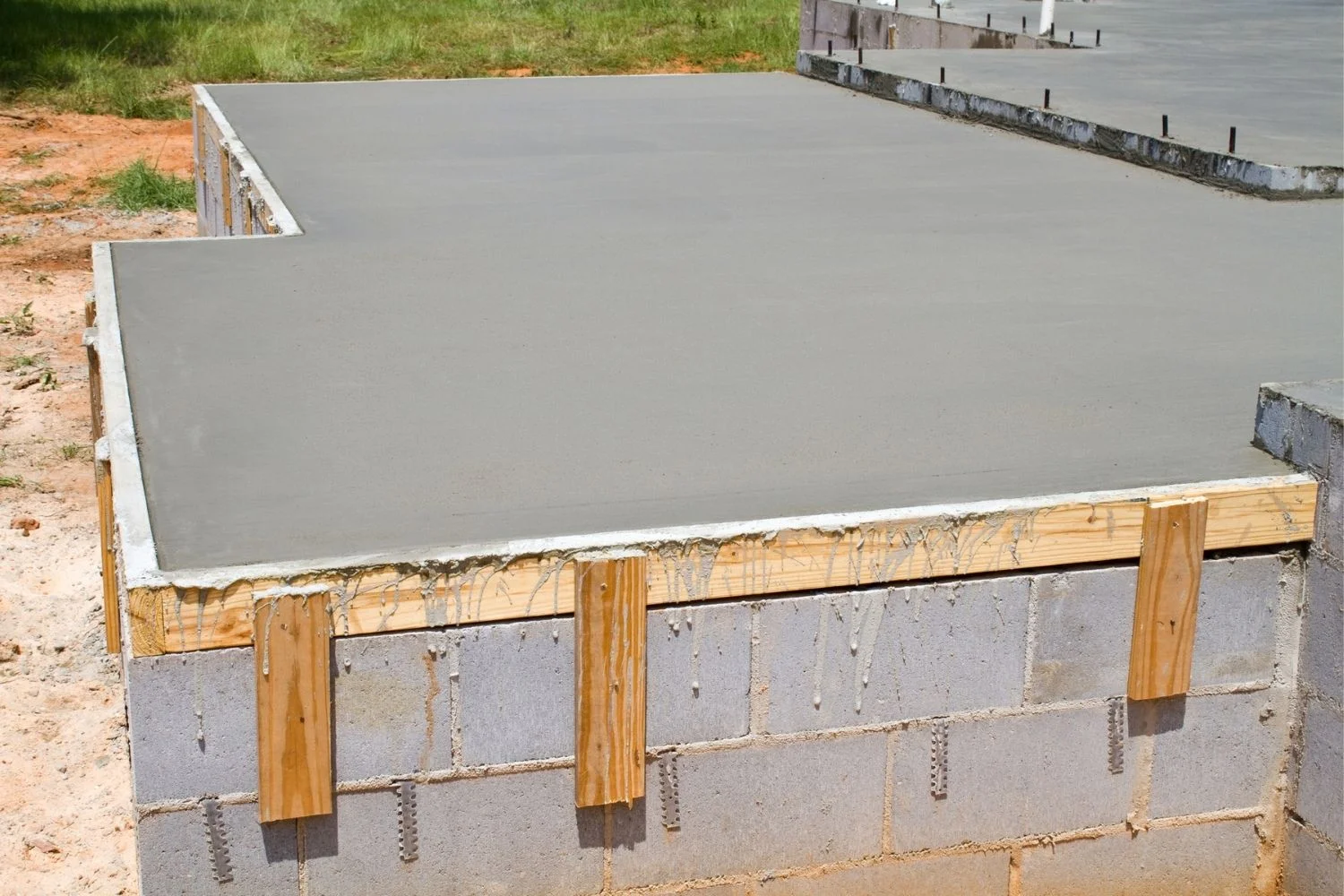

0 thoughts on “How Much Batt Insulation Do I Need”